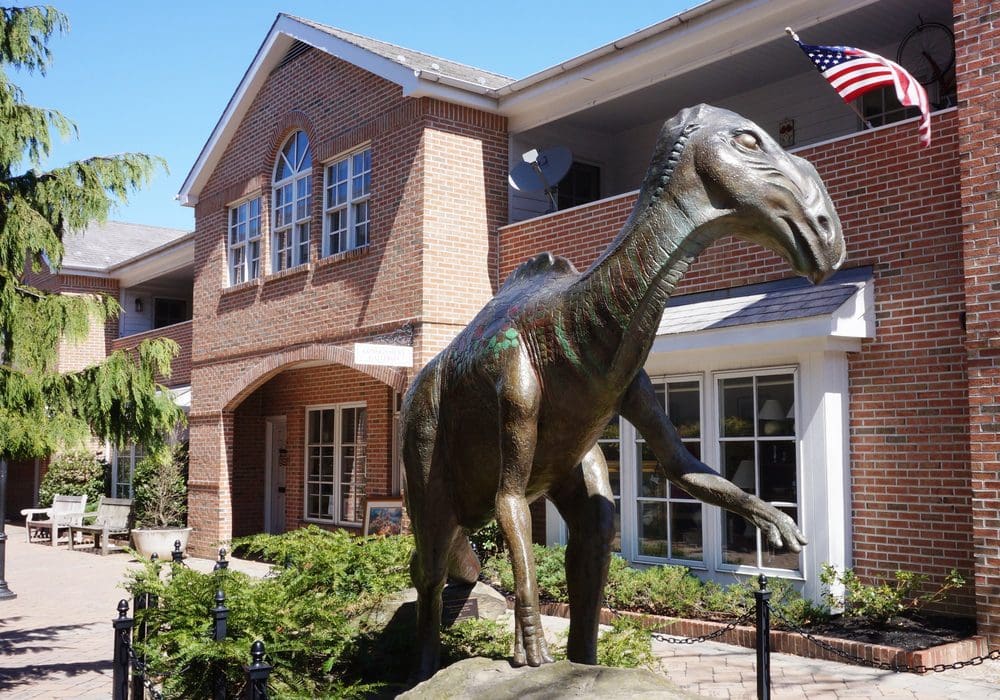The first full dinosaur skeleton to be discovered was found in Haddonfield, New Jersey, in 1858. The discovery of this dinosaur skeleton was a significant event in the history of paleontology, as it helped to establish the field as a legitimate scientific discipline.
The man responsible for the discovery was William Parker Foulke, a lawyer and amateur naturalist. Foulke had a keen interest in fossils and had heard of a large bone in a local marl pit. Intrigued, he decided to investigate further.
Upon arriving at the marl pit, Foulke found that the bone was part of a larger skeleton. He quickly assembled a team of workers to excavate the site, and after several weeks of work, they uncovered a nearly complete dinosaur skeleton.
The dinosaur was later identified as Hadrosaurus foulkii, a herbivorous dinosaur that lived during the Late Cretaceous period, about 80 million years ago. The discovery of Hadrosaurus foulkii was a significant event in the history of paleontology, as it was the first time that a complete dinosaur skeleton had been found and identified.
The discovery of the Hadrosaurus foulkii skeleton helped to establish the field of dinosaur paleontology as a legitimate line of work within the larger field of science. Prior to this discovery, many scientists were skeptical of the existence of dinosaurs, as they had only found fragmentary bones and teeth.
The discovery of the Hadrosaurus foulkii skeleton also had significant implications for our understanding of dinosaur anatomy and evolution. Before this discovery, scientists had only been able to make educated guesses about what dinosaurs looked like and how they moved.
With the discovery of a nearly complete dinosaur skeleton, scientists were able to study the anatomy of the dinosaur in much greater detail. They could determine how the dinosaur moved, what it ate, and how it lived. This information helped to build a more complete picture of the world that dinosaurs inhabited.
Today, the skeleton of Hadrosaurus foulkii is on display at the Academy of Natural Sciences of Drexel University in Philadelphia, Pennsylvania. The skeleton has been an important scientific specimen for over a century and a half and continues to be studied by scientists worldwide.
The discovery of the first full dinosaur skeleton in Haddonfield, New Jersey, in 1858 was a significant event in the history of paleontology. The discovery helped to establish the field as a legitimate scientific discipline and provided scientists with a wealth of new information about the anatomy and evolution of dinosaurs. Today, the skeleton of Hadrosaurus foulkii remains an important scientific specimen and a symbol of the wonders of the prehistoric world
About the Author/s
The New Jersey Digest is a new jersey magazine that has chronicled daily life in the Garden State for over 10 years.



1 comment
Was this written by ChatGPT? The “Staff” byline does not inspire confidence, and the article contains a number of statements that are a shade off. Fess up!